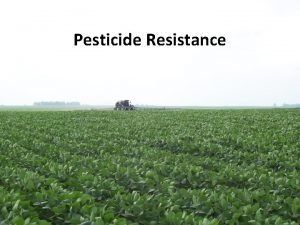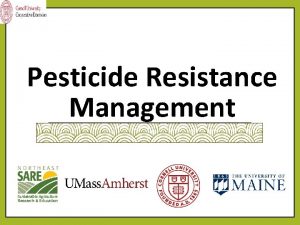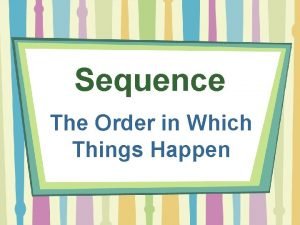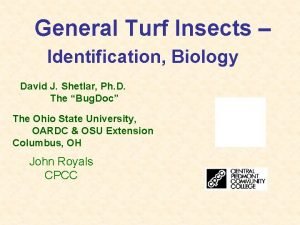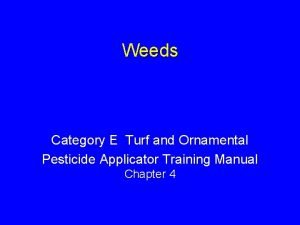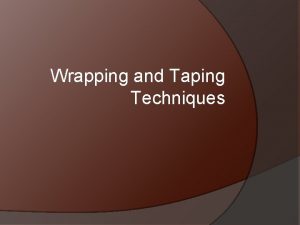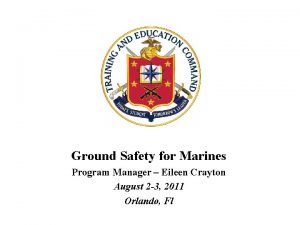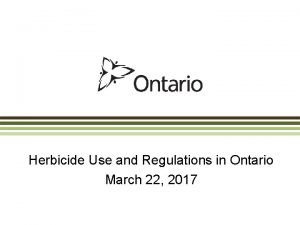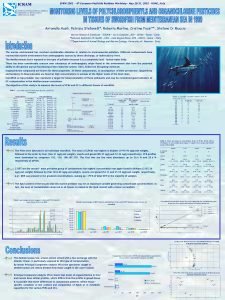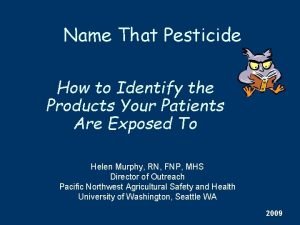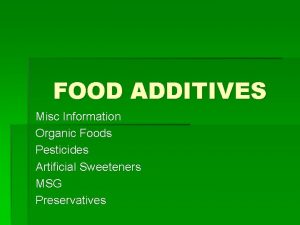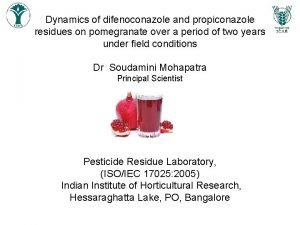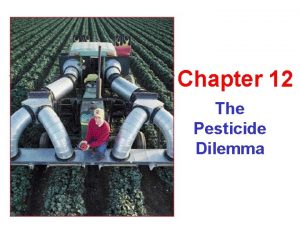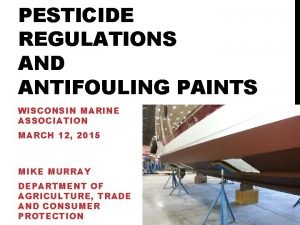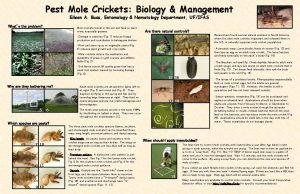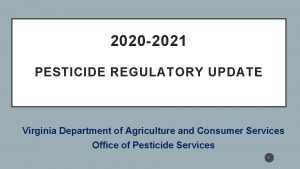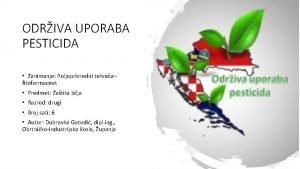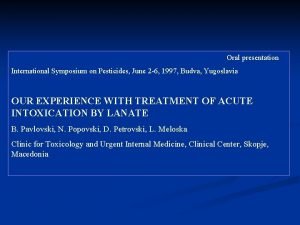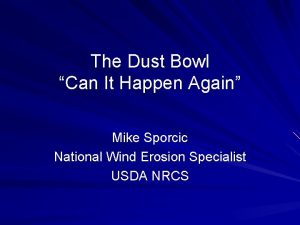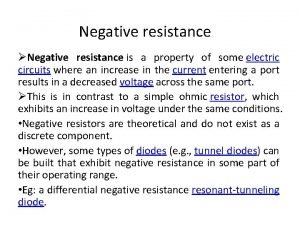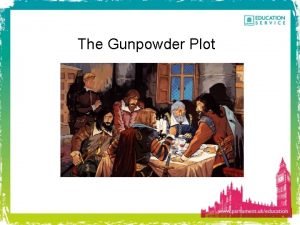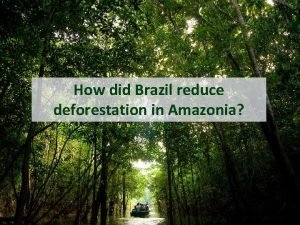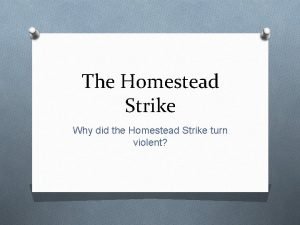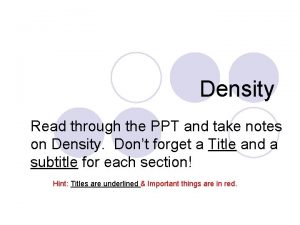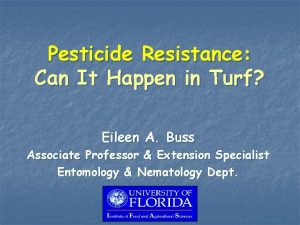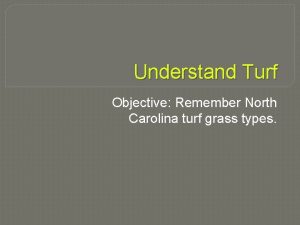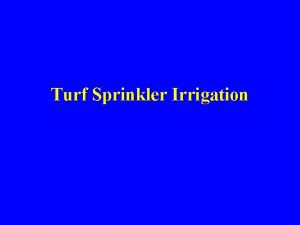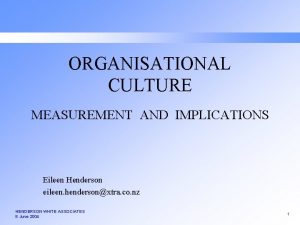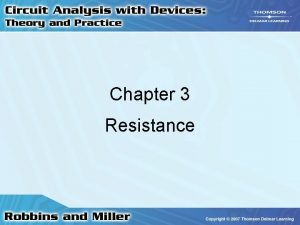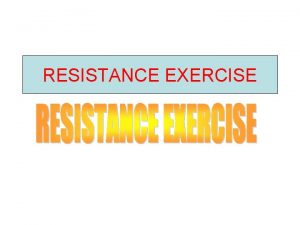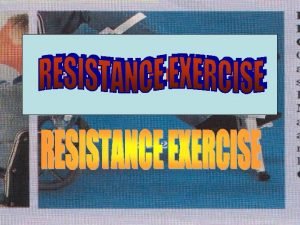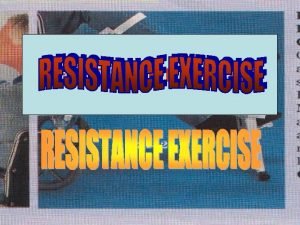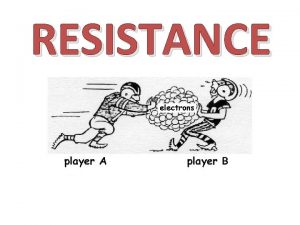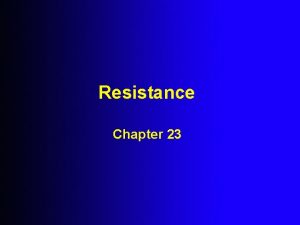Pesticide Resistance Can It Happen in Turf Eileen













































- Slides: 45

Pesticide Resistance: Can It Happen in Turf? Eileen A. Buss Associate Professor & Extension Specialist Entomology & Nematology Dept.

Resistance in Ornamental, Vegetable and Fruit Pests n Aphids n Scales n Beetles n Spider mites n Caterpillars n Stink bugs n Leafminers n Thrips n Planthoppers n Whiteflies

Brief History… n Cases of resistance to several key pests developed within 2 -20 years after the introduction of the cyclodienes, organophosphates, carbamates, pyrethroids, Bacillus thuringiensis, spinosyns, and neonicotinoids.

Resistance Mechanisms 1. Metabolic resistance 2. Target site insensitivity 3. Reduced penetration 4. Behavioral resistance

Resistance Mechanisms 1. Metabolic resistance Ø Resistant insects break down the toxin faster than susceptible insects can.

Resistance Mechanisms 2. Target site insensitivity Ø The site where the toxin binds in the insect has changed.

Resistance Mechanisms 3. Reduced penetration Ø Resistant insects may absorb the toxin slower through the cuticle than susceptible insects can.

Resistance Mechanisms 4. Behavioral resistance Ø Resistant insects may detect and behaviorally avoid the toxin.

Resistance in Turf Pests Annual bluegrass weevil Southern chinch bug Lyle Buss, UF/IFAS

Is pesticide resistance more likely to develop in home lawns or golf courses?

Is pesticide resistance more likely to develop in home lawns or golf courses? It depends more on the pest’s biology and the intensity of management against it.


Other turf pests that have potential to become resistant… (but nothing is documented yet!)

Fall armyworm egg mass on tree leaf. FAW egg mass on post. J. Castner, UF FAW larva showing white Y-mark on head. FAW adult male.

Hunting Billbug Life Cycle

What About Mole Crickets?

Speed of Resistance Development n Depends on: n how fast the insects reproduce n migration and host range of the pest n n n availability of nearby susceptible populations persistence and specificity of the pesticide rate, timing and number of applications made

The “Pesticide Treadmill” n n After repeated applications, pests evolve resistance to the insecticide and the resistant strain becomes harder to manage at the labeled rate and frequency. Thus, the insecticide is applied more frequently. Resistance intensity and the frequency of insecticide-resistant individuals in the population both increase and control failures continue as yet more product is applied. Users switch to another pesticide.

History of Insecticide Resistance in the Southern Chinch Bug 1953: Chlordane 1957: DDT 1960: Parathion 1976: Chlorpyrifos, Diazinon, Trichlorfon 2005: Bifenthrin

Why Control Failures Occur n n n n n Application errors Misidentification of pest or damage Improper control timing Use of wrong rate or formulation Inadequate spray volume/irrigation Improper spray solution p. H Photodegradation Volatilization Microbial degradation Insect resistance

Goal: Reduce the selection pressure on the pest.

How to Develop a Resistance Management Plan 1. Learn about IPM strategies and create a season-long plan to minimize pesticide applications. D. Potter, UKY

Best Management Practices

A Successful IPM Program Depends on: n Knowledge of pest biology n Monitoring and estimating pest density n Knowledge of economic/aesthetic injury levels (i. e. , action thresholds) n Everyone needs to tolerate some insects or their damage (threshold should not = 1 bug) n Change from routine or “preventive” applications to as-needed

How to Develop a Resistance Management Plan 2. When designing, installing, or renovating, select plant species or cultivars that are resistant to insect attack.

Host Plant Resistance n Cultivars of different turfgrass species have been screened for resistance to: n Fall armyworm n Japanese beetle n Mole crickets n Chinch bugs n Bermudagrass mites n Billbugs

How to Develop a Resistance Management Plan 3. Use as many different control methods as possible. § Use a variety of synthetic and biorational insecticides § Conserve or release beneficial insects § Adjust cultural practices § Use chemical attractants / deterrents

Natural Enemies n Parasitic wasps, flies n Big-eyed bugs n Minute pirate bugs n Damsel bugs n Earwigs n Ground beetles n Rove beetles n Several ant species n Spiders

Possible Cultural Controls n Alter amount / frequency of irrigation n Reduce thatch thickness n Adjust amount/frequency of fertilization

Irrigation / Moisture Management n Insect eggs and immatures need water / humidity to survive Reduce watering to desiccate the pests n Increase watering to drown them out n

Drought Stress / Irrigation n Chemical Application / Formulation? n n What formulation will work best in this situation? n Granular / Fertilizer carrier n Sprayable Flexibility? n Does the spray technician have flexibility to choose between formulations, depending on an individual situation?

Heavy Fertilization… n n Attracts female moths that are ready to lay eggs Increases thatch n n Improves habitat for thatch-dwelling pests Makes turf more succulent n Insects could pierce the plants more easily

Importance of Nitrogen (N) n Nitrogen content in host plants influences insect survival, development time, body size, and reproduction (Mattson 1980, Mc. Neill & Southwood 1978) n n Increasing N fertilization reduces plant resistance to some insect species (esp. beetles and moths) (Barbour et al. 1991) Southern chinch bug damage seems related to increased ammonium nitrate use (Horn and Pritchett 1962, Busey and Snyder 1993)

How to Develop a Resistance Management Plan 4. Carefully select insecticides v Consider more than cost & effectiveness n n n Beneficial insects Product class Rates and treatment intervals Product application methods Tank mixes Timing of applications

Which Products to Use: Practical Considerations Choice is limited by: n Crop / use site n Number of applications / amount of product allowed for use n Sensitivity of the plant species

Vary the Mode of Action (Mo. A) n Insecticides act on different physiological and biochemical target sites in insects to kill them n Nervous system (e. g. , neurotransmitters, receptor sites) n Growth and development (e. g. , hormones) n Energy production (e. g. , prevent feeding)

Possible Rotation Products n Pyrethroids (Group 3) n n Carbamates and Organophosphates (Groups 1 A and B) n n Bifenthrin (Talstar/Onyx), Beta-cyfluthrin (Tempo), Deltamethrin (Delta. Gard), lambda -cyhalothrin (Scimitar)… Carbaryl (Sevin) and trichlorfon (Dylox) Neonicotinoids (Group 4 A) n Clothianidin (Arena), imidacloprid (Merit)

Reduced-Risk (Biorational) Insecticides n n Molt-accelerating compounds and other IGR’s n Mach 2 n Dimilin 2 L n Confirm Microbial insecticides n Bt, Conserve, insect-parasitic nematodes

Entomopathogenic Nematodes § Several species (Steinernema spp. , Heterorhabditis spp. ) occur naturally in the soil, but some can be purchased § Some insecticides, like imidacloprid (Merit), may slow grub behavior down and make them more susceptible to nematode infection

Getting the Best Chemical Control n n n Properly calibrate and maintain equipment Rotate insecticides with different modes of action Use enough volume to penetrate thatch Add an adjuvant to improve coverage, if needed Don’t spray if rain could wash product off

Application Issues… Photos by R. Clemenzi, Bayer Environmental Science

Application Issues n Granular / Formulated products n Spreader placement n Tire on sidewalk vs. Tire on grass edge Photo by R. Clemenzi, Bayer Environmental Science

Application Issues Photo by R. Clemenzi, Bayer Environmental Science

Online Resource n Insecticide Resistance Action Committee (IRAC) website: www. irac-online. org

Eileen Buss 352 -273 -3976 eabuss@ufl. edu
 Define pesticide resistance
Define pesticide resistance Xxxxxxxxxx xxxxxxxxx
Xxxxxxxxxx xxxxxxxxx The order in which things happen is called
The order in which things happen is called Generalturf
Generalturf Turf toe
Turf toe Category e turf and ornamentals
Category e turf and ornamentals Wrapping turf toe
Wrapping turf toe Gear pump
Gear pump Contour plowing
Contour plowing Turf areas in xeriscaping designs should be seeded in
Turf areas in xeriscaping designs should be seeded in Ignoring friction air resistance and electrical resistance
Ignoring friction air resistance and electrical resistance Filtration
Filtration Eileen yam
Eileen yam Ground safety for marines
Ground safety for marines Ontario pesticide regulations
Ontario pesticide regulations European pesticide residue workshop
European pesticide residue workshop Pia eileen ruminski
Pia eileen ruminski Pesticide classification chart
Pesticide classification chart Lighthouse puppy linux
Lighthouse puppy linux Msg pesticide
Msg pesticide Agriculture pesticide difenoconazole
Agriculture pesticide difenoconazole Eileen rakowski
Eileen rakowski Pesticide treadmill definition
Pesticide treadmill definition Wisconsin pesticide applicator license
Wisconsin pesticide applicator license Eileen o'shaughnessy
Eileen o'shaughnessy Eileen mole
Eileen mole Eileen degrandis md
Eileen degrandis md Virginia pesticide registration
Virginia pesticide registration Eileen fry
Eileen fry Eating dosorders
Eating dosorders Tablica za pesticide
Tablica za pesticide Dr eileen dahl
Dr eileen dahl Pesticide educational resources collaborative
Pesticide educational resources collaborative Eileen sharpe ida
Eileen sharpe ida 1939
1939 Lanate pesticide
Lanate pesticide What can happen when light hits an object
What can happen when light hits an object Can the dust bowl happen again
Can the dust bowl happen again Can resistance be negative
Can resistance be negative November 5 1605
November 5 1605 Where did this happen
Where did this happen Bncコーパス
Bncコーパス Why did this happen
Why did this happen Who wrote this
Who wrote this Why does it happen
Why does it happen Making homes happen 4 you
Making homes happen 4 you
